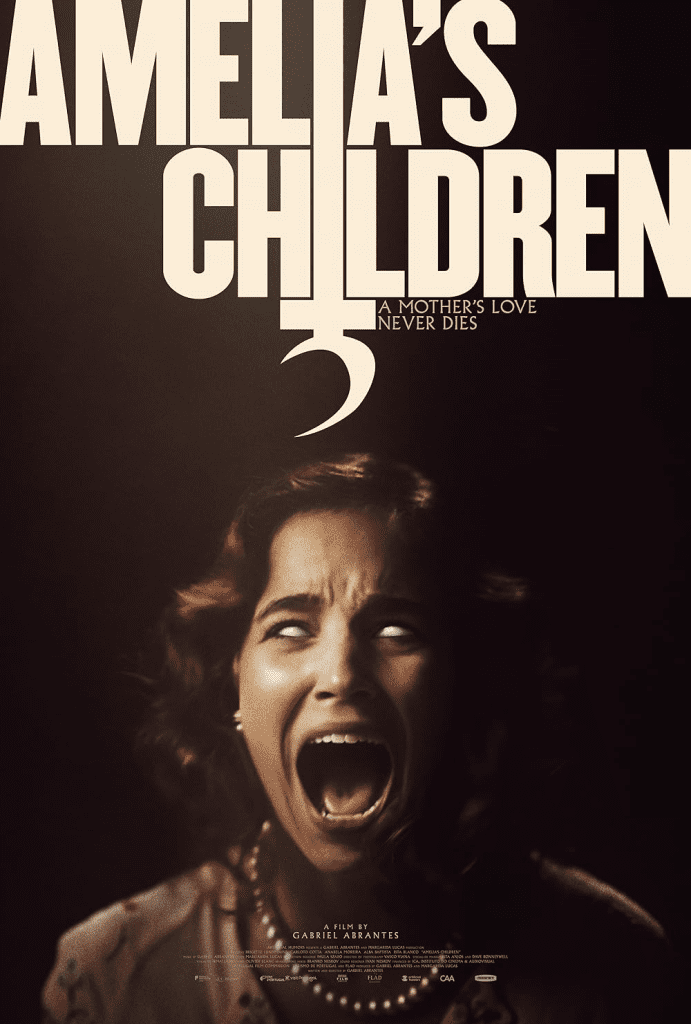In the ever-expanding universe of horror cinema, there are countless tales of family secrets, long-lost relatives, and eerie settings. “Amelia’s Children” is one such film, but with a unique premise that holds the potential to elevate it above the rest. Reunited after three decades, twin brothers Edward and his estranged sibling, both played by the versatile Carloto Cotta, are brought together under mysterious circumstances.
The catalyst for their reunion is a DNA test, a gift from Edward’s girlfriend Riley (Brigette Lindy-Paine), which leads him to a secluded mansion in the heart of Portugal’s hauntingly beautiful Transmontana forest. There, he finds his brother and their disfigured mother, portrayed by the mesmerizing Alba Baptista and the enigmatic Anabela Moreira. As the family comes together, dark and perverse secrets begin to unravel, promising a distinctive and suspenseful cinematic journey.
Director Gabriel Abrantes returns to feature films after a five-year hiatus, following his critical acclaim for the surreal and thought-provoking “Diamantino.” While the production quality of “Amelia’s Children” is undeniably impressive, with breathtaking cinematography that captures the gothic grandeur of the mansion and its surroundings, the film ultimately falls short of expectations.
Fans of Abrantes’ previous work may be disappointed to find that “Amelia’s Children” lacks the signature style and bold storytelling that made “Diamantino” such a standout film. Instead, it feels like a missed opportunity to truly innovate and leave a lasting impact on the horror genre.
One of the most disappointing aspects of “Amelia’s Children” is its overreliance on predictable jump scares, rather than building a sense of lingering dread and discomfort. The rich material at hand, with its unsettling family dynamics, disturbing scientific experiments, and atmospheric forest setting, seems perfect for a more immersive and psychologically disturbing approach.
Unfortunately, the film too often resorts to sudden loud noises and fleeting images of grotesque imagery, which detracts from the overall impact of the story and leaves the viewer feeling cheated.
That being said, there are still moments of true originality and creativity in “Amelia’s Children.” The use of technology as a narrative tool, particularly in the context of DNA testing and its implications for identity and family, is a thought-provoking theme that adds a modern and relevant twist to the gothic horror genre. Additionally, the performances from the cast, particularly Baptista and Moreira, are captivating and add depth to the otherwise underdeveloped characters.
The film’s final act, which delves into more surreal and nightmarish territory, also provides a glimpse of the unique and daring vision that Abrantes is capable of bringing to the screen.
However, these moments of brilliance are not enough to save “Amelia’s Children” from feeling like a missed chance for a truly distinctive and chilling horror experience. While there are flashes of originality and creativity, the film too often falls back on tired genre tropes and cheap scares.
With a more daring and innovative approach, “Amelia’s Children” could have been a standout addition to the horror genre, but as it stands, it is a disappointing and ultimately forgettable entry.

